The Kalmar Union was a personal union between Norway, Denmark and Sweden – which at the time also included much of modern Finland – under a single crown.
Nowadays, the monarchies of Europe are largely ceremonial. Some still retain theoretical power that has, in effect, been ceded to national parliaments whilst others have had all power officially removed to leave them as nothing more than figureheads.
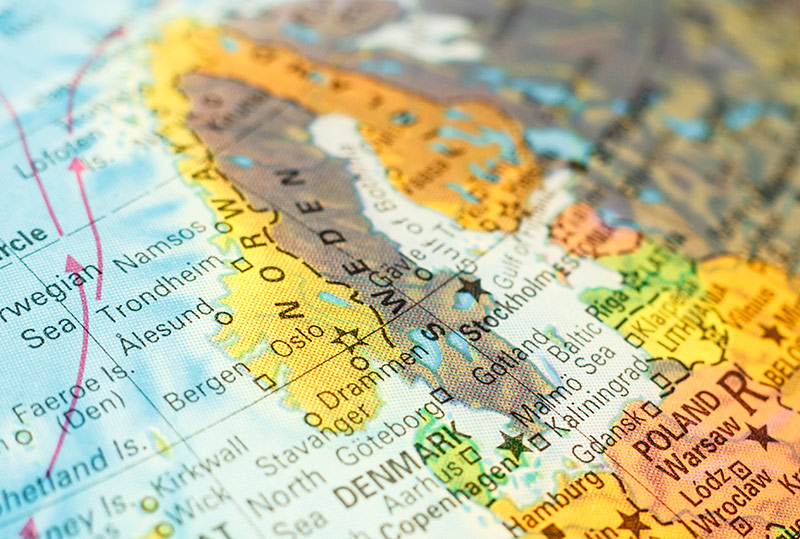
Back in the Middle Ages, however, monarchies controlled everything as long as they had the confidence of their nobles. Countries could be united by a simple marriage and so wedlock within Royal families was more to do with strategy than love.
When marriage wasn’t an option, of course, the royals fell back on plain, old-fashioned force. Battles and wars were fought between various different countries, families and regions about who, exactly, was the rightful heir to different thrones.
In other words, medieval European history was a lot like Game of Thrones, without the dragons!
Table of Contents
Unity in Scandinavia
One such unification of crowns came in the form of the Kalmar Union. This united the countries of Norway, Denmark and Sweden – which at the time also included much of modern Finland – under a single crown.
Read more: Should Scandinavia unite?
The union was a personal union, meaning that the countries still retained their separate identity in domestic matters, with foreign and economic policy being directed by a single monarch.
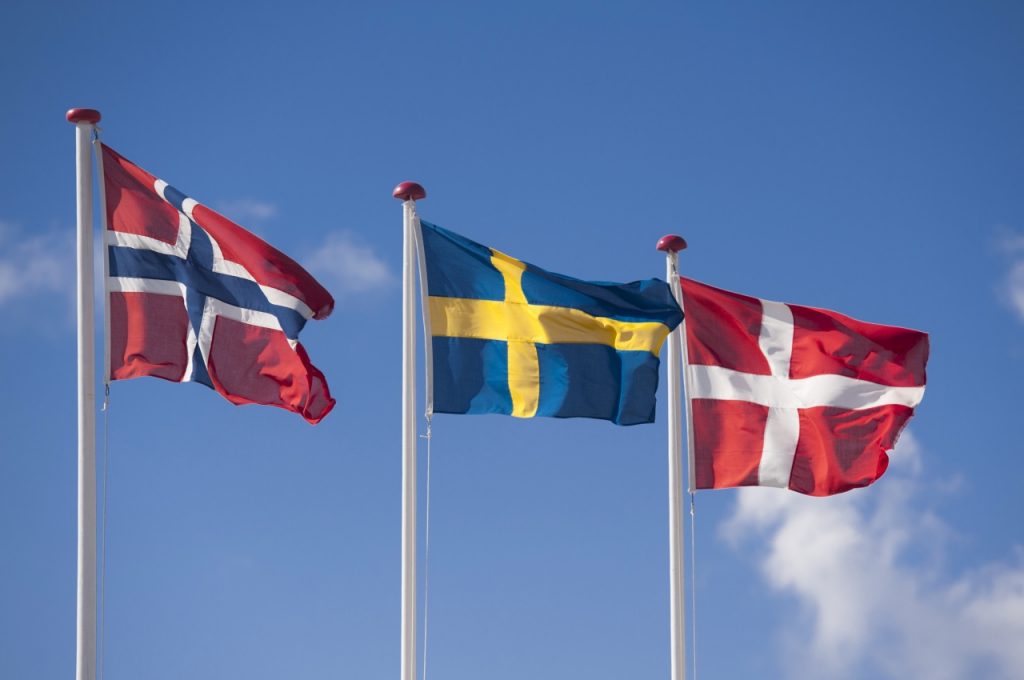
The union stood, with a few interruptions, from 1397 until 1523 when Sweden declared its independence and elected Gustav Vasa as its monarch.
Background to the union
In the 13th Century, the Hanseatic League – a collection of merchant traders from, initially, Germany – rose fast to become dominant in the North and Baltic seas. The area and its trade routes had previously been well controlled by the Scandinavians but the League quickly overtook them and raised the threat of territorial expansion.
Many in Scandinavia thought that the best way to counter this rising threat from Germany was to unite as a single force. The combined country would be much more robust and capable of holding its own against the encroachment from the South.
Of course, as with all political matters, no one could agree on what form this might take. Combining the countries into one would be the best show of strength but this faced fierce opposition from the Swedish nobles who feared loss of their own influence.
The main impetus came from Denmark, which had already seen the Duchy of Schleswig join the Hanseatic League. So while Nordic power struggles continued, several factions were actively working towards some kind of unification.
Margaret and Haakon
The arrival of Princess Margaret in 1353, as the sixth and youngest child of King Valdemar IV of Denmark, would prove the catalyst that put all of the pieces in place for their eventual success.
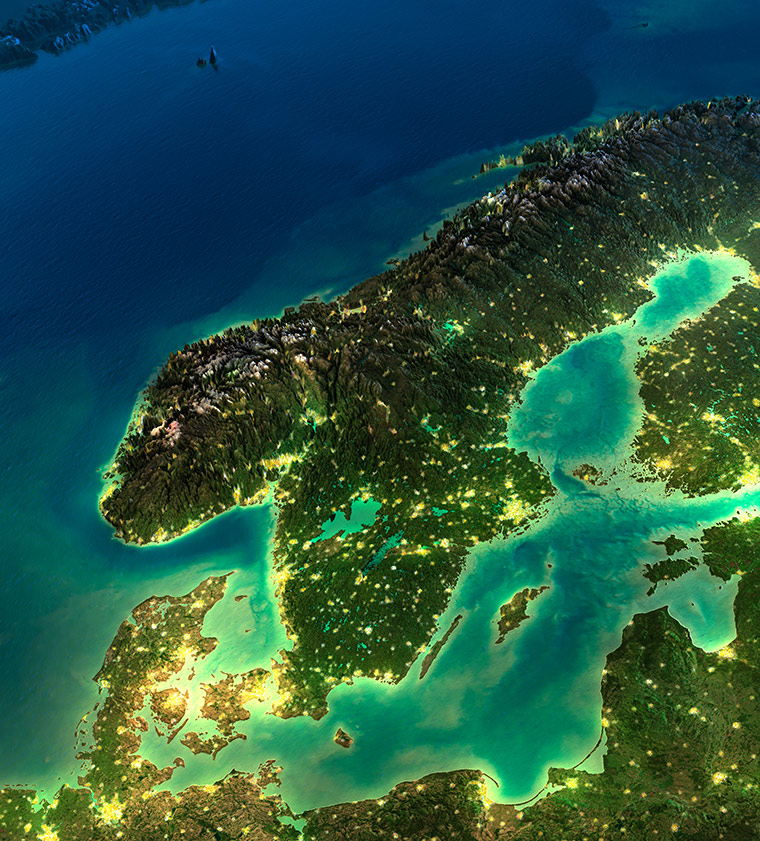
Her mother and father were estranged by the time of her birth, though it’s not entirely clear why, but Margaret quickly became a pawn in the Game of Thrones that her family were playing.
At the age of six, Margaret was engaged to the King Haakon VI of Norway, aged 18, whose father Magnus Eriksson was King of Sweden and Norway. The idea at the time was that Haakon would rule Norway and his older brother Eric would inherit the crown of Sweden.
But Magnus favoured Haakon greatly and made him King of Norway within his own lifetime. Eric, being impatient, rebelled and seized Southern Sweden, setting himself up as a rival King. Fortunately, some might say, Eric died three years later and so Haakon and Magnus led Sweden as co-rulers together.
The death of Eric was bad news for Margaret’s engagement to Haakon. As the balance of power shifted back, and Denmark’s support against Eric was no longer needed, the marriage too was deemed unnecessary and the agreement declared void.
Read more: A brief history of Norway
Magnus then promised Haakon to Henry of Holstein’s daughter Elizabeth but, to Margaret’s good fortune, this was declared contrary to church law by a Danish Archbishop when her ship was diverted to Bornholm on her way to Sweden to marry!
The Swedish and Hanseatic armies ended their siege of Helsinborg and signed a truce which paved the way, finally, for Margaret and Haakon to marry. This took place in Copenhagen in 1363. Margaret was only 10 years old.
It was clearly a marriage of convenience and Margaret didn’t live as Haakon’s ‘wife’ in the traditional sense at the time. Instead she remained in Denmark for some time before moving to Norway where she was brought up by a daughter of Bridget of Sweden – later Saint Bridget. She learnt reading, writing and statecraft although, by the age of 17, she had performed her marital duty by providing her husband with an heir, Olaf, born in Akershus Castle in Oslo.
At around the same time, Margaret’s only brother – Christopher, Duke of Lolland – died leaving Denmark without a male heir. Meanwhile in Sweden the nobles deposed Magnus and Haakon and elected Albert of Mecklenberg as King of Sweden.
Olaf the child King
When her father died in 1375, Margaret quickly sought to have her infant son Olaf declared King of Denmark, with Margaret ruling as Regent until he came of age at 15. She also insisted that he be proclaimed the true heir of Sweden – a claim from her husband’s rule of the country prior to being deposed.
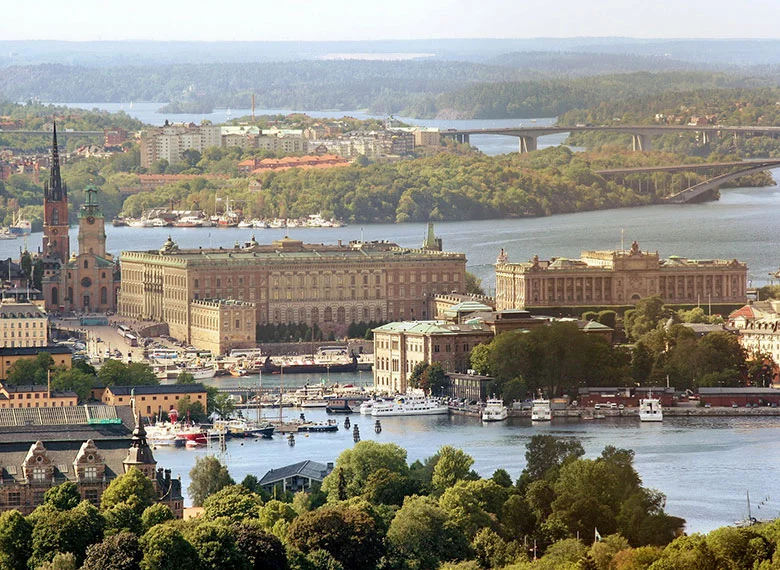
King Haakon died in 1380 and Olaf, aged 10, succeeded to the throne of Norway. Olaf was the great hope for uniting the crowns of all three countries and hence bringing about greater Scandinavian prosperity and protection against the Hanseatic League and other forces in the area.
Tragedy struck in 1387 when, at the age of 16, Olaf died suddenly. Details of his death seem hard to find but rumours of poisoning led to an imposter ‘false Olaf’ from Prussia trying unsuccessfully to claim the crown a few years later on the grounds that he’d fled an attempt on his life. His cause wasn’t exactly helped by the fact that he spoke not a word of Norwegian, a fact which readily became apparent when he was finally granted an audience with Margaret.
Olaf’s death dealt a blow to the unification of Norway and also goes down in history as one of the worst dynastic catastrophes in history as it ended the male line of all three royal families in Scandinavia. Olaf was also the last Norwegian-born King of Norway until Harald V ascended to the throne in 1991!
Margaret, Regent and Queen
After the death of her son, Margaret was declared “all powerful lady and mistress and the Kingdom of Denmark’s Regent” as Denmark didn’t have the ability for a woman to rule in her own right in any other capacity.
The following year she was proclaimed Norway’s “Reigning Queen”. These two roles were simply an official extension of the status quo as, even in the brief period of Olaf’s majority, Margaret was the power behind the thrones.
Two years later, after Albert of Mecklenberg had upset the Swedish nobility by planning to seize vast quantities of their lands, Margaret assisted the Swedish in deposing Albert and was declared “all powerful lady of Sweden” and so finally all of the power in the region was theoretically in one place.
Margaret ruled effectively and shrewdly. She adopted her great-nephew Bogislav, who changed his name to Eric of Pomerania, thus providing a King to take the thrones of Norway, Sweden and Denmark.
United at last
On July 20th 1396, Margaret published the Kalmar Treaty, a “masterly document that sealed the union of Norway, Sweden and Denmark”.
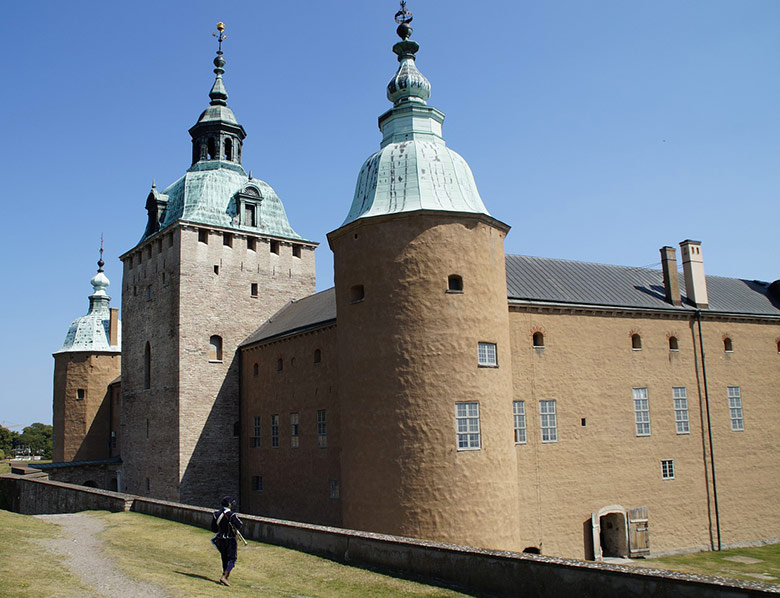
The treaty proposed everlasting union and “all three realms should exist together in harmony and love, and whatever befalleth one, war and rumors of war, or the onslaught of foreigners, that shall be for all three, and each kingdom shall help the others in all fealty …and hereafter the Nordic realms shall have one king, and not several”
Margaret showed her shrewdness by declaring that each state would continue to be governed according to their own laws and customs. Officials would be drawn from among their own people and no new laws would be lain down without the people’s consent. On 17th June 1397, at a congress of the Councils of the Realm, Eric was crowned King of Denmark, Norway and Sweden.
If you’ve been paying attention so far, you’ve probably guessed what happened next? Yep, Margaret continued to be the de facto ruler of the Kalmar Union until her death in 1412. During that time, she managed to recover Finland and Gotland for the Kalmar Union and maintain the appearance of national governance while concentrating real power in the hands of her trusted people.
Margaret also tried to secure an alliance with England via the marriage of King Eric to Henry IV of England’s daughter Phillipa and the marriage of his son Henry – the future Henry V of England – to Eric’s sister Catherine. The aim was to ‘recreate Cnut the Great’s Empire of the North’.
The English, however, wanted an offensive alliance to strengthen against the French in the Hundred Years War. As The Kalmar Union wished to remain outside of that bloody conflict, the alliance never happened. Phillipa did, however, marry King Eric, creating a defensive alliance between England and the Kalmar Union.
One of the final things that happened before Margaret’s death was entering into a war against Holstein in 1412 to recover the Duchy of Schleswig. The war was initially successful and Margaret was hopeful of winning swiftly. One night, she was suddenly taken ill and died on her ship in Flensburg harbour.
King Eric
Eric can perhaps best be described as having the best and worst aspects of a leader. Being in parts visionary, intelligent and energetic, not to mention charming, he also had a quick temper, a complete lack of diplomatic skills and was unfailingly obstinate.
Much of his reign was overshadowed by the war against the Holstein Counts over South Jutland. Margaret had been winning through shrewd negotiation, but Eric favoured warfare while lacking neither the experience or resources of the Germans. When the war eventually ended, not only had there been no conquests but Eric controlled less of South Jutland than he had before the war started.
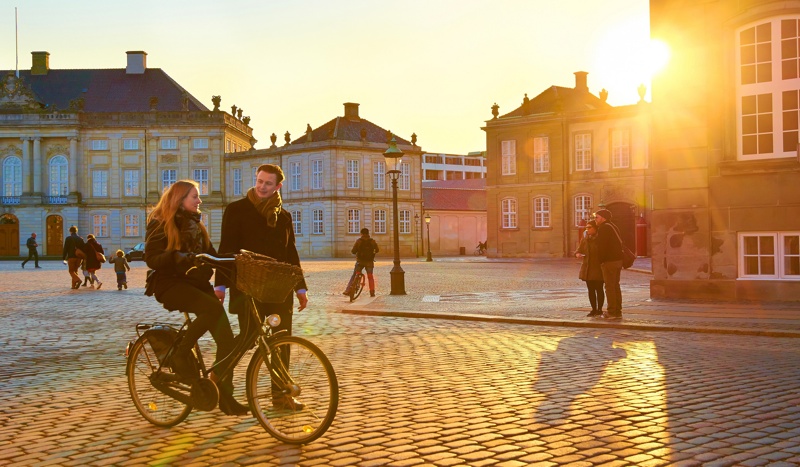
The war with Holstein also brought problems to the rest of the Union. Taxation increased heavily in Sweden and Norway to pay for it and the Swedish nobility, seeing no real Swedish advantage to the conflict, started to move against him.
One tax he introduced that was successful, lasting in fact until 1857, was the introduction of Sound Dues (Øresundtolden) that required all ships entering or leaving the Baltic Sea to pay a toll. This secured a great source of income for the Kingdom but also challenged the Hanseatic League and ignited war.
So Eric joined the list of world leaders for whom fighting on too many fronts was to be their downfall. Ultimately, it was a Swedish rebellion led by Engelbrekt Engelbrektsson that sealed his fate.
Angry at the continued taxation from Eric, with no negotiation, while the Baltic Sea situation was disrupting their industries, the Swedish noblemen and peasants rose up and deposed Eric. Meanwhile, his own noblemen in Denmark were also angered by the peace treaty that ceded Schleswig to Holstein.
Rather than accept it was his time, Eric fled to Gotland and sulked in exile, still believing himself to be the rightful King. He made a living through piracy.
He was succeeded by his nephew, Christopher of Bavaria, in Denmark and Sweden in 1439 but Norway remained loyal to him for another year before realising that perhaps having a King who was a pirate in exile was not the most sensible idea!
Life after Eric
Christopher of Bavaria was effectively a puppet ruler of the nobles. He was considered ‘too German’ by the Swedes and knew little of Scandinavia when taking the thrones. During his reign, the Kalmar Union was watered down to favour a better balance between the Crown and the Nobility. The aristocracy had succeeded in regaining a large amount of control over the lands that Margaret had managed to acquire.
Very little of note happened during his 8 year reign, though perhaps the most lasting is that Copenhagen was declared the permanent capital of Denmark by municipal charter in 1442. He died leaving no heir in 1448.
The beginning of the end
As there was no heir, the Swedes took it on themselves to declare Karl Knutsson as Charles VIII of Sweden, hoping to rearrange the Kalmar Union to suit their needs more closely. Charles was elected as Charles I of Norway of Norway the following year and all looked set until the Counts of Holstein insisted that Christian I be appointed King of Denmark.
The Swedish nobility were reluctant to back Charles in a war against Denmark and so Christian assumed the throne of Norway in 1450, leaving Charles as ruler of Sweden. Over the next twenty years, Charles was deposed twice and reigned three times.
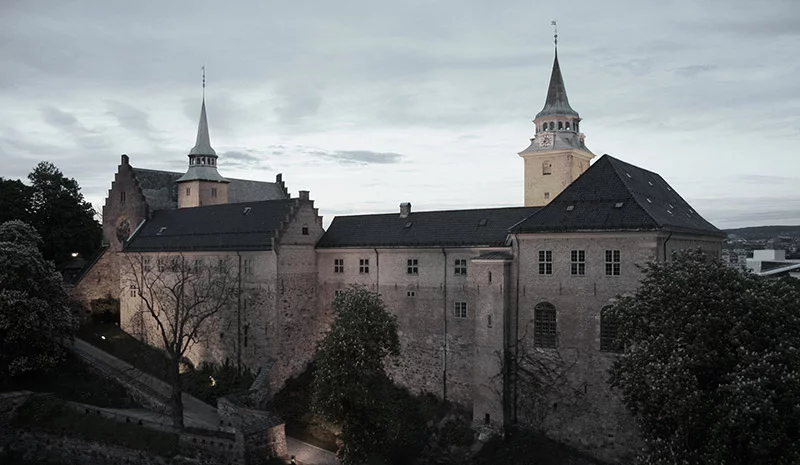
Firstly he was deposed in 1457 by the archbishop and replaced by Christian of Denmark. He then returned to the crown six years later when the archbishop objected to Christian’s taxation policies.
He immediately found himself at war with the archbishop and was soon exiled again before finally returning for the third time in 1467 to reign for three years before his death. Sten Sture the Elder was then Swedish regent until 1497.
Over in Denmark and Norway, meanwhile, Christian reigned until 1481 when he was succeeded by his son John.
King John
John’s three aims for his reign were to restore the Kalmar Union, rein in the power of the Hanseatic League and build a strong Danish Royal power. In some regards, he was reasonably successful.
One of his first actions as King of Denmark and Norway was to attempt to weaken the Hanseatic League by entering into dialogue with Russia. The Russians then expelled the League from Novgorod, their Eastern stronghold, and kicked off the Russo-Swedish war. He also attempted to win over the Swedish Noblemen and weaken Sten Sture’s position as Regent there.
In 1495 he set sail with a large fleet for Kalmar, intending to negotiate with Sten Sture regarding Sweden rejoining the Union. Unfortunately, his ship burned down while anchored off the coast at Ronneby – John was not on board at the time – and the trip ended without a meeting.
Two years later, John conquered Sweden with a swift and decisive military action. He was crowned King of Sweden and Sten Sture, with whom he quickly reconciled, was given a position of high authority.
John’s ultimate downfall, however, came from that old thorn in Denmark’s side, Schleswig-Holstein. John wanted to capture Dithmarschen, long viewed by Danish royals as belonging to them. He hired a band of mercenaries called the Black Guard and set sail for Dithmarschen, expecting a quick victory. Instead, the Ditmarsians managed to trap most of the Black Guard at Hemmingstedt by opening dykes to flood the main road.
This defeat weakened John’s prestige and the Swedish nobility renounced him as King. The ensuing war against Sten Sture and his successor, Svante Nilsson, led to friction within Denmark and even though the Dutch helped broker a peace with Sweden to recognise John as King, they refused to crown him anew and he never set foot in Stockholm again.
The Stockholm Bloodbath
On John’s death in 1513, his son Christian was elected King Christian II of Denmark and Norway. He attempted to maintain the Kalmar Union leading to yet another war with Sweden.
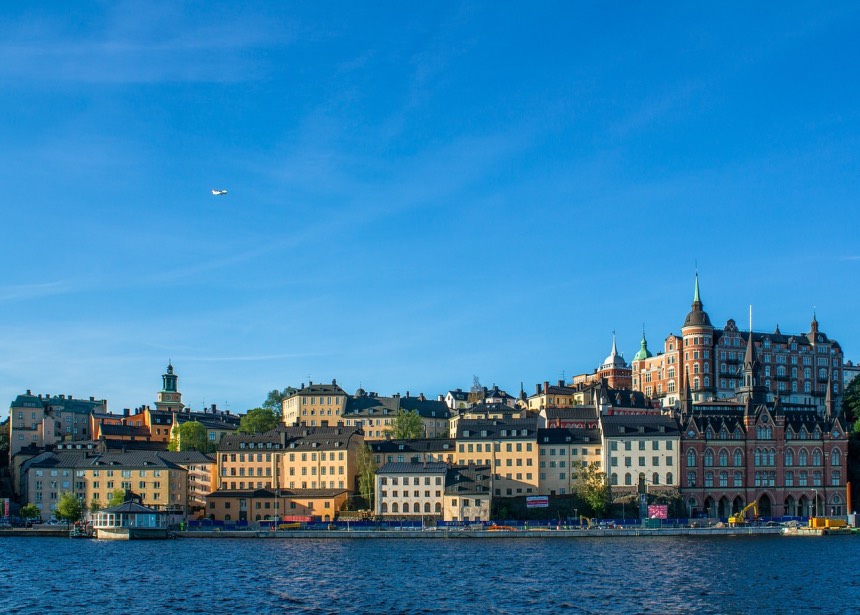
After three attempts the army, comprised mostly of foreign mercenaries, managed to fatally wound the Swedish Regent, Sten Sture the Younger, and the Swedish Privy Council agreed to pay homage to Christian as King of Sweden on condition of amnesty for any wrongdoings.
Unfortunately Sten Sture’s widow was not so easily defeated and she held out for another five months before finally surrendering, again under condition of amnesty. On 4th November 1520, Christian was finally anointed by the archbishop as King of Sweden and took the oath to manage the Kingdom through Swedish nationals.
After three days of banqueting, Christian summoned his army captains who proceeded to quietly start carrying off members of the Swedish nobility.
After a trial of sorts, presided over by the archbishop, they were all sentenced to death and led into the main square to be executed. In all, around 82 members of the Swedish ruling classes were put to death in what is known as the Stockholm Bloodbath.
This led directly to a revolt, led by Gustav Vasa whose father was one of the executed. Christian was deposed from the throne in 1521 and, after two years of the Swedish War of Liberation, Vasa took Stockholm and was thus anointed King of Sweden, marking the final end of the Kalmar Union.
Norway was then ruled by Denmark for almost 300 years until 1814 when it passed to Swedish rule. Norway finally became an independent country once more in 1905.
The historical context of the Kalmar Union
To place the Kalmar Union into a global context, elsewhere in Europe there were other key battlegrounds. The English Plantagenet King Edward III believed he had a greater claim to the French throne than Philip VI leading to a series of conflicts known collectively as the Hundred Years’ War, which raged throughout France from 1337 to 1453.
Following that, the British had their own Wars of the Roses to contend with when a lack of an heir apparent led to two branches of the Plantagenet rulers – the Yorkists under a white rose and the Lancastrians under a red rose – vying to take on the crown.
Over in the East, meanwhile, this was the time of the Ming Dynasty with its lasting cultural legacy. In the West, this was also the period that saw European explorers start the colonization of the Americas leading to the end of the ‘Middle Ages’ and the beginning of the ‘Early Modern Period’.
Read more: The Sweden-Norway Union
Did you enjoy this article? If so why not share it on Pinterest so others can find it too? Just hit the Pinterest button for the ideal pin.






WOW ! No wonder my relatives left. All of this going on plus the bad farming/fishing conditions.